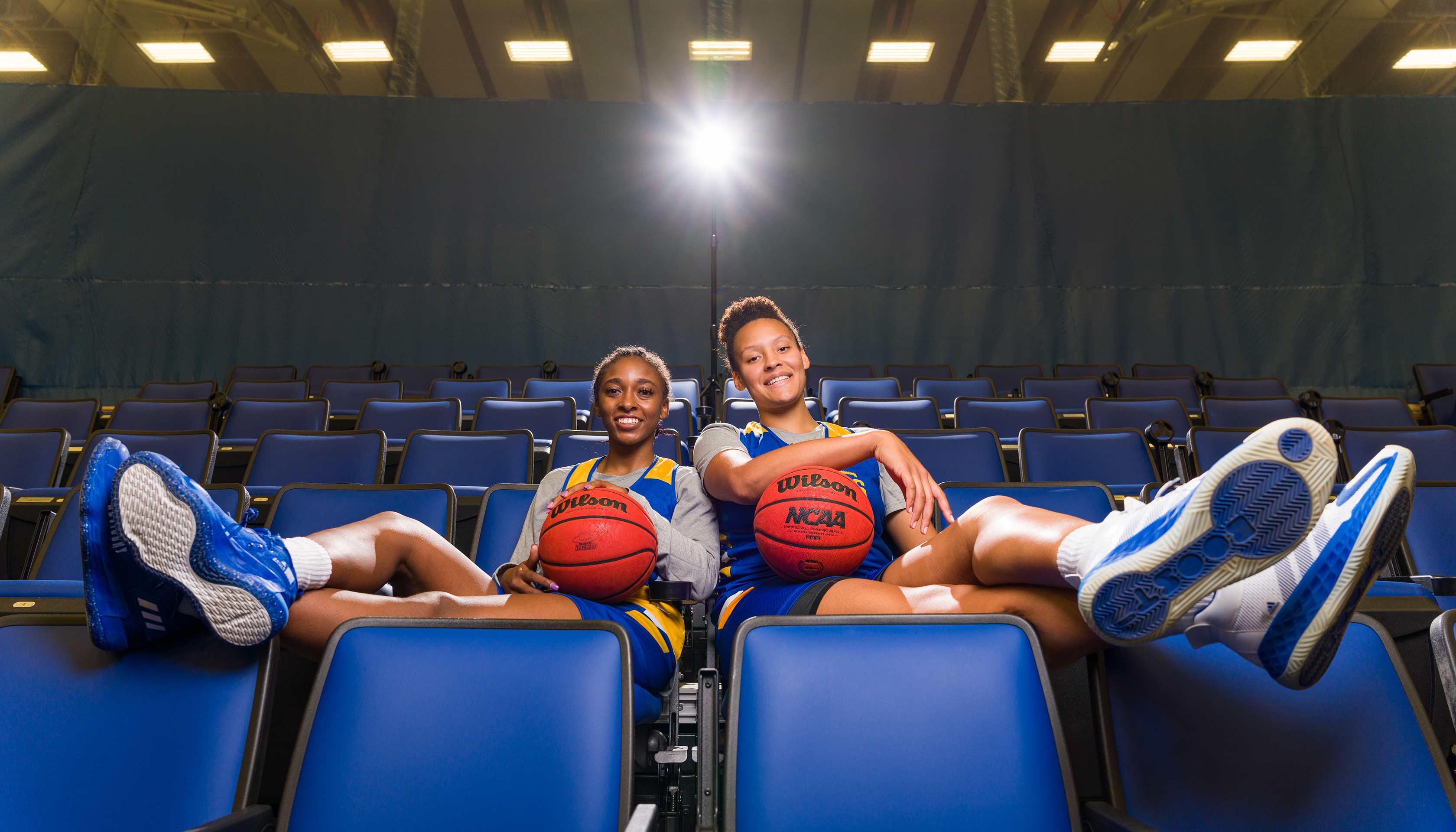Other scholars and scientists explored the impact of the pandemic from social and humanistic perspectives. The 2021 Rupe Conference, organized by Ron Rice, the Arthur N. Rupe Professor in the Social Effects of Mass Communication, examined the importance — and challenges — of communicating about COVID-19. The conference brought together a wide range of experts to explore the ways people communicate about COVID-19, both individually and collectively, on a host of topics, from regional variations in news coverage to the changing meaning of work when some professions are categorized as essential (or not).
Similarly, the UCSB Economic Forecast Project developed a series of webinars that focused on the pandemic’s impact on the local economy, from housing to jobs to business to tourism.
Creating additional opportunities to take deeper dives into pandemic-related issues, the Graduate Division awarded 44 mini-grants to individual graduate students and team projects. Among the topics explored were the impact of COVID-19 on essential workers’ distress, perceptions of parenting and child mental health symptoms; death rituals and bereavement during the pandemic from a religious studies perspective; and the relationship between COVID-19 transmission and inter-city migration at the time of the 2020 Chinese Spring festival.
With COVID-19 touching every corner of the world, many UC Santa Barbara scholars and scientists applied their expertise to communities around the globe. Though news reports highlighted the pandemic’s toll on countries and major cities throughout the world, little attention was paid to Indigenous populations that were particularly at risk but largely excluded from most national or regional efforts to curb the spread of the disease. In response, UC Santa Barbara anthropology professor Michael Gurven and a team of colleagues, physicians and tribal leaders joined forces and developed a strategy for mitigating the impact of COVID-19 among the Tsimane, an Indigenous population in the Bolivian Amazon. “While every individual around the world is vulnerable to COVID-19,” Gurven notes, “because it is new and no one has developed any immunity, many Indigenous communities are at additional risk because of widespread respiratory illness.”
Elsewhere in the world, UC Santa Barbara’s Climate Hazards Center turned its focus to identifying areas of increased food insecurity to help coordinate humanitarian aid during the pandemic. For more than a decade, the CHC has provided critical analysis to its partner, the Famine Early Warning Systems Network. The organization estimated that, across the 46 countries it monitors, 113 million people would need humanitarian aid in 2020 — roughly 25% more than the group’s pre-pandemic projections, and an increase of 31% over 2019. “Before the outbreak, the CHC was already helping the United States government cope with a very large increase in severe food insecurity across the globe,” says CHC director Chris Funk. “Then COVID-19 struck. In almost every country on the planet, including the U.S., many poor families are seeing reduced incomes and opportunities for work decline.”
As the campus has come back to life, these efforts will continue, if even in adapted form. The pandemic, we have learned, is present in every aspect of campus life, from classrooms to laboratories to study sessions and informal gatherings. It remains part of our new ethos.
COVID-19 has forced us to think and act differently in every area of our lives — on the job, at home and out in the community. Thanks to the novel coronavirus, what was once novel — from face masks to PCR and rapid tests to proof of vaccination — now feels commonplace to us. Maybe a lasting lesson we can take from the pandemic is that “normal” is not a fixed condition or a set point. It is ever-evolving. And so are we.





